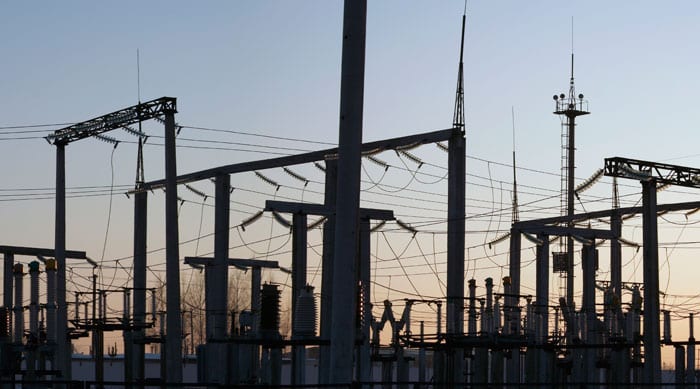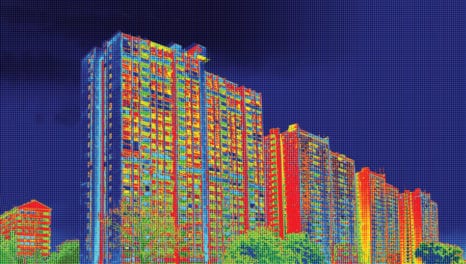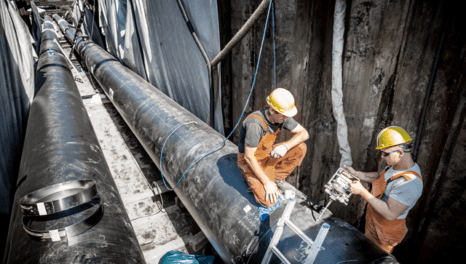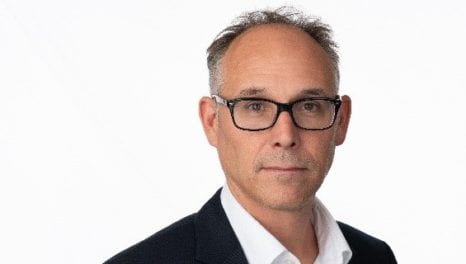The automation age
How the growth of distributed generation is placing new demands on protection and control technologies
7th September 2017 by Networks

The UK’s electricity networks are facing a range of new and growing challenges as the makeup of the grid changes to meet the demands brought on by decarbonisation and the transition to smart grid operations. Such challenges are encountered across the board, but when it comes to protection and control, they are becoming particularly significant.
The main driver of this new operational priority is the growth of distributed generation, with renewables assets such as solar PV and wind power playing an increasingly important part against a background of the reduction in coal-fired and other more carbon-heavy methods of generation.
In the area of protection and control, this shift – and the growing role of technologies such as domestic heat pumps and a number of energy-storage applications – brings a variety of issues that must be overcome to capitalise on the opportunities that smart grids present.
Chief among these challenges is the issue of fault levels. As the methods of generation change and become more distributed, the nature of fault levels and their detection is undergoing a significant shift, putting pressure on network operators to change the way they protect and control their networks against faults and short circuits.
“The fault level in networks is changing because of embedded generation,” explains Professor Phil Taylor director of the EPSRC National Centre for Energy Systems Integration at Newcastle University. “It’s not just that it’s changing but it’s now a dynamically changing property, so the mix of generators you’ve got connected to the grid will determine how much fault current will flow if you get a short circuit.”
Explaining how the tried and tested approach no longer fits the bill, Taylor says: “In the past, you could probably just set a protection relay to a certain threshold and see if the current goes above it, then there’s a short circuit to trip the circuit breaker. Today, the fault current that will flow could be quite different, depending on the mix of generators that are connected at the time of the fault.”
This emerging lack of clarity about fault levels is growing in large part because, in the past, detection and protection of fault levels was pretty straightforward. With the overwhelming majority of generation on the transmission network, the distribution network was relatively easy to protect. Recently, however, more and more generation is switching from transmission to distribution networks.
“Because of all this distributed generation, you’ve essentially got more generation coming off the transmission network and going onto the distribution network,” says Randolph Brazier, head of innovation and development at the Energy Networks Association, “and that means that the fault levels are changing. The fault level on the distribution network is getting larger and the fault level on the transmission network, depending on the area, is getting lower.”
As a result, fault detection is becoming more difficult. Existing protection systems are fast becoming outdated and insufficient, and networks are having to develop new systems.
“Obviously, from a protection point of view, that changes the sort of protection system you go for,” says Brazier. “Traditionally, you would just use overcurrent on the distribution network, but as more and more distributed generation is connected you might need more complicated forms of protection.”
Protection focus for next 30 years
Explaining the significance of the challenge to the networks, Ian Cameron, head of innovation at UK Power Networks, says: “Variable fault current for us is arguably one of the biggest protection focuses that we are going to face over the next 30 years, mainly as we approach a position where distributed generation approaches about 50% of generation.”
Although UKPN thinks the issue will become more significant in the coming years, it and the other networks are already working to change their approach to protection to account for the new challenges and makeup of the network. Central to these new approaches are new network technologies that create new ways of both detecting and fixing faults.
Of particular importance is the ability to respond more quickly to faults, with the increased role of distributed generation rendering networks more exposed to rapid changes in current – when cloud cover drastically alters the contribution of solar power, for example.
One technology that is set to play a critical part in enabling this new method of protection is the solid state circuit breaker, says Cameron. “The solid state circuit breaker operates roughly 20 times faster than a conventional circuit breaker. What that allows you to do is catch current peak before it gets to its peak and puts your equipment over into fault level rating.”
As well as detecting potential problems much faster than traditional breakers, the latest tranche of solid state breakers also come with sensors and communication technologies that enable them to work in tandem with other equipment on the network.
Enhanced communication between circuit breakers and other parts of the network are also enabling networks to better predict when a fault might occur, with a range of online monitoring platforms enabling a more detailed understanding of what is going on in the network.
“All of the protection and control devices can talk to each other, that helps with a range of things,” explains Brazier. This advance not only enables communication and online monitoring, but also delivers significant savings through stripping copper from substations and enabling individual components to be switched out without replacing the entire system.
Networks are also investing in – and rolling out – power electronics on the low-voltage networks to overcome the new challenges they face. Capitalising on the conductivity of semiconductors, power electronics enable networks to control voltages along individual distribution lines rather than the network as a whole. In terms of protection, this offers network operators a critical tool to deal with the increased variability brought on by an increase in distributed generation.
The age of power electronics
Installing power electronics has enabled UK Power Networks to connect parts of its network that would not normally have been connected. “It allows us to balance networks where they may not have been balanced before,” explains Cameron. “It allows us to balance by phase, so you might have one phase of a certain network overloaded, and by putting power electronics between them you can actually balance them across the three phases and between networks.”
Although the adoption of power electronics offers new opportunities and greater control to the networks – enabling a effective and quick method to connect new generation assets to the network – it also brings new operational complexities.
“More and more generators are connecting to the networks via power electronics and that means that sometimes you don’t get much fault current from the generators when there’s a short circuit,” explains Taylor. “That might sound like a good thing but if that means that you can’t detect a fault because there isn’t much fault current flowing, that can mean the protection system just thinks that everything is fine when actually there’s a fault on the network, and that can be dangerous.”
To overcome this, network operators are turning to monitoring equipment installed across different parts of the network to help them better understand what’s going on – installing more intelligent relays that can have more sophisticated and variable settings.
With the advances in circuit breakers, power electronics and monitoring of the network, network operators are trialling and adopting new ways to protect the network from the new stresses being placed on it. But there are also other approaches being taken to protect against faults.
One such approach is islanding, in which a protection system identifies that an area of the network has become disconnected from the grid and switches to a secondary power source to restore operations. Because of the growth in distributed generation across the networks, the potential for solar PV or wind power to be used to keep a network area operational has increased significantly.
“Where we are going with that is that people are starting to question more and more why they need to shut everything down if they become islanded,” says Taylor. “You need to think how you can run as an island and keep the generators connected, allowing areas of the network to run as an autonomous standalone system for a while – but that requires a protection system that ensures the island stays safe.”
Even further down the line than the widespread use of islanding, but potentially offering the best way to cater for the challenges brought on by distributed generation, is to stop monitoring fault levels altogether and instead attempt to detect them by other means.
Cameron believes this approach holds much promise for the future, and suggests that networks will instead monitor the shapes of waveforms, inspecting whether the harmonic wave looks right and developing algorithms to determine whether or not to trip.
“Now that’s a world away,” he says, “but that then leads us to an opportunity to protect instead of being reactive when things are out of tolerance – monitoring proactively. When you do that, you can see disturbances starting to occur, because faults usually start to manifest themselves in strange waveform shapes, so you could start to move your network around, away from that type of circuit. And if that fault does occur, the impact is lower.”
As the rise of distributed generation continues, the challenges faced today in terms of protection and control will only get bigger. However, from new technologies such as the latest breakers and power electronics to new methods of detection and monitoring, the networks are already working to overcome them.
Comments
Login on register to comment
Related content

Heat
Electric storage heating – a Cinderella solution
Why has electric storage heating been overlooked as we seek to tackle decarbonising domestic heat?

Heat
Prospects bright for landmark East London Heat Network
New Vattenfall-Cory partnership marks step towards record-breaking heat network capable of serving over 10,000 homes

Heat
New construction director at Switch2 Energy
Appointee brings experience from Vattenfall and Eon
Related supplier content

Power
Load patterns and lockdown: how Covid-19 is impacting electricity networks
Insights into dynamics on the low voltage network as the outbreak unfolds

Downloads
Protect electrical equipment from insulation failure
Insulation faults are a major cause leading to the eventual failure of electrical equipment. Partial discharge (PD) is a very reliable indicator of developing insulation faults. Regular PD testing allows users to detect and analyze PD activity

Heat
How E.ON. is helping the City of London become a zero emissions city
Discover Citigen. Deep in the heart of our bustling capital